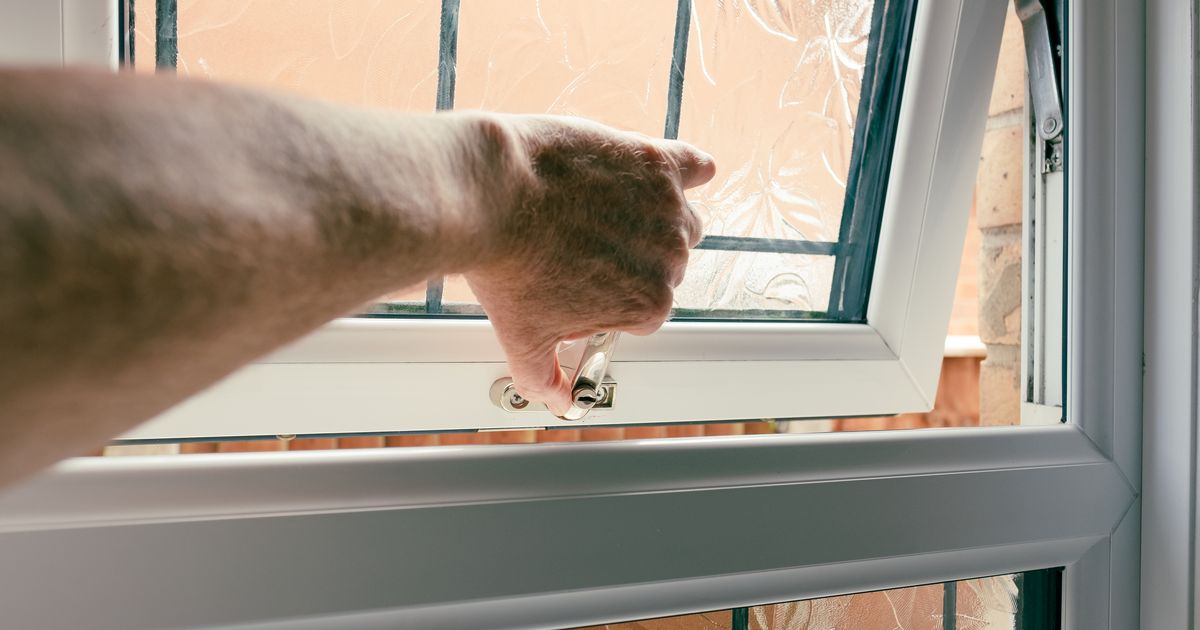Copyright rsvplive

For years, many of us have followed the advice to open a bathroom window after a hot shower, to help let warm, humid air escape. However, experts warn that this habit, particularly during colder months, could be creating the ideal conditions for mould growth. According to experts at California Shutters, window shutter suppliers, opening the window after a shower - especially during the winter when the air is coolest—allows cold outdoor air to mix with warm, damp air from the bathroom. This cooling effect causes water vapour to condense rapidly on surfaces, forming droplets that can foster mould growth. The National Institutes of Health reports that bathrooms account for over 60% of mold-related cases in homes due to consistently high humidity levels. It's estimated that the likelihood of finding mould in bathrooms is 2 to 3 times higher than in bedrooms or living rooms. While opening a window after a shower can sometimes help, certain conditions may encourage mould growth: Cold Outdoor Temperatures During colder weather, opening the window causes warm, moist air inside the bathroom to quickly cool and condense on surfaces. This condensation then accumulates on walls, windows, or ceilings, increasing the moisture for mould to thrive. Rain or Fog Opening windows on a rainy or foggy day can lead to additional moisture entering the bathroom. This could make surfaces wetter and create a prime environment for mould to develop. Poor Air Circulation Just opening a window doesn’t always guarantee good air circulation. Without strong airflow, moist air can linger, especially in poorly designed bathrooms where the window doesn’t allow for effective cross-ventilation. High Outdoor Humidity If the outside air is already humid, opening a window can introduce more moisture into the bathroom. Potentially raising humidity levels as opposed to lowering them. Exposed Damp Surfaces Cool air entering the bathroom doesn’t always dry surfaces effectively, leaving areas like shower curtains, grout, towels, or crevices damp. These moist spots provide ideal conditions for mould to grow. Poor Window Design or Placement Small, poorly placed, or inefficient windows may trap moisture rather than release it, having little impact on reducing humidity and potentially worsening moisture buildup. Instead of opening the window after a shower to prevent mould growth, experts advise the following methods: Run the extractor fan for 20-30 minutes during and after a shower. Wipe down surfaces with a towel or squeegee. Leave the bathroom door open to disperse moisture. Place moisture absorbers like silica gel or desiccant containers. Keep the bathroom clean , disinfecting tiles and shower curtains regularly. Sam Tamlyn, Managing Director at California Shutters commented: “Opening the bathroom window to fight off moisture sounds sensible, but it’s not always effective, especially in the colder months. Understanding the conditions under which ventilation methods work is key to prevent mould.”



